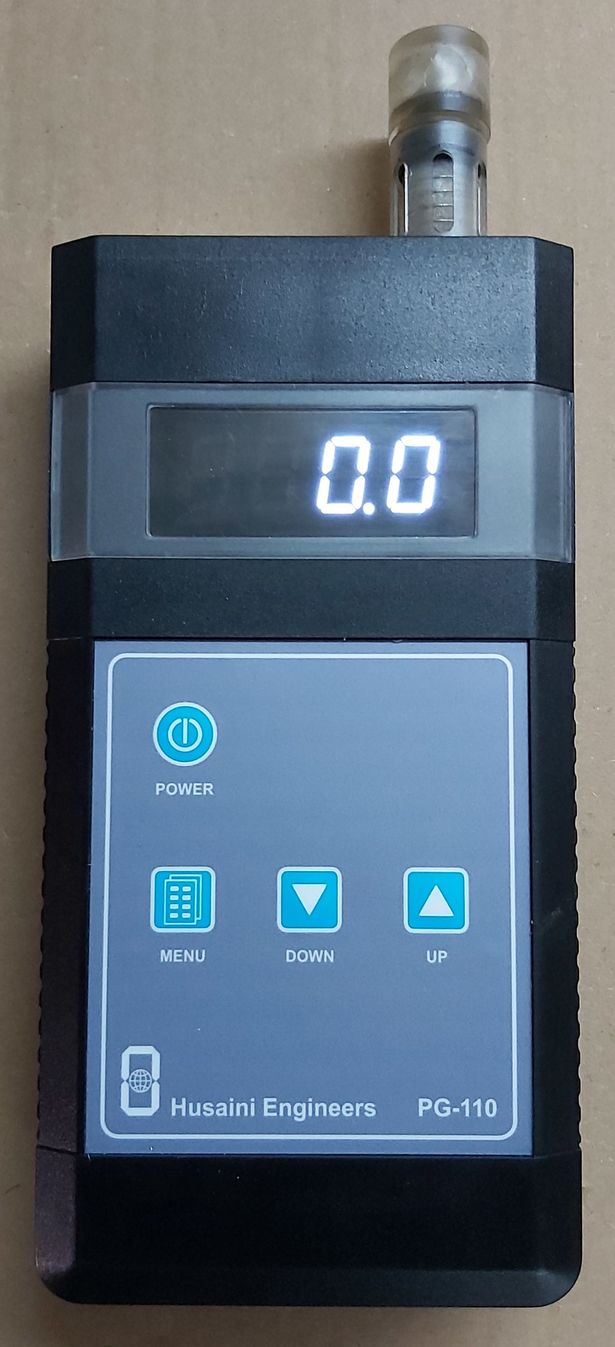Hydrogen Sulphide Leak Detector

Hydrogen Sulphide Leak Detector
Hydrogen Sulphide (H₂S) is a highly toxic, flammable, and colourless gas. It is commonly known for its distinct “rotten egg” odour at low concentrations. Widely referred to as sewer gas, swamp gas, stink damp, or sour damp, H₂S poses significant risks to workers and industries where its presence is common.
Exposure to H₂S can lead to severe health issues, such as respiratory irritation, dizziness, headache, apnea, and even coma or death at high concentrations. Additionally, its explosive potential when mixed with air makes accurate and reliable detection crucial for industrial safety.
Hydrogen Sulphide Gas Leak Detectors are essential for detecting and managing H₂S—a highly toxic and flammable gas with a distinctive rotten egg smell.
These detectors provide real-time monitoring to prevent risks of poisoning or fire in industrial environments.
State-of-the-Art H₂S Gas Detectors
Our Hydrogen Sulphide Gas Detectors offer the most reliable, fast, and accurate solutions for detecting H₂S in industrial environments.
1. High Precision Electrochemical Sensors:
- Minimal Cross Sensitivity: Ensures no interference from other combustible gases, delivering precise readings.
- No Saturation in High Gas Concentrations: Unlike solid-state sensors, our electrochemical sensors remain functional even during high H₂S concentration leaks, providing continuous monitoring and eliminating the need for immediate replacement.
2. Versatile Configurations:
- Fixed Monitoring Detectors: Ideal for stationary setups in hazardous areas.
- Portable Handheld Detectors: Compact and lightweight, perfect for lone workers or on-the-go applications.
3. Customisable Detection Ranges:
- The factory-set detection range is tailored to customer requirements, such as up to 100 PPM.
4. Rugged Construction:
- They are built for industrial environments with explosion-proof and corrosion-resistant designs.
5. Integrated Safety Features:
- Audible and visual alarms activate at critical H₂S levels, ensuring immediate evacuation and preventive action.
- Seamless compatibility with existing safety systems like SCADA or PLCs.
Applications of H₂S Detectors
- Oil and Gas Refineries: During drilling, refining, and storage processes.
- Mining: Especially in confined spaces like tunnels and pits.
- Tanning and Leather Industries: Where H₂S is part of chemical treatments.
- Pulp and Paper Processing: During sulfate pulping processes.
- Rayon Manufacturing: Involving chemical reactions with sulfide compounds.
Proactive Steps to Mitigate H₂S Hazards
- Personal Protective Equipment (PPE): Equip workers with respiratory gear and protective clothing.
- Ventilation Systems: Install explosion-proof, corrosion-resistant exhaust systems for air circulation.
- Education and Training: Regularly train staff on H₂S hazards, exposure symptoms, and emergency protocols.
- Emergency Rescue Planning: Develop and rehearse detailed rescue procedures to respond effectively during emergencies.

